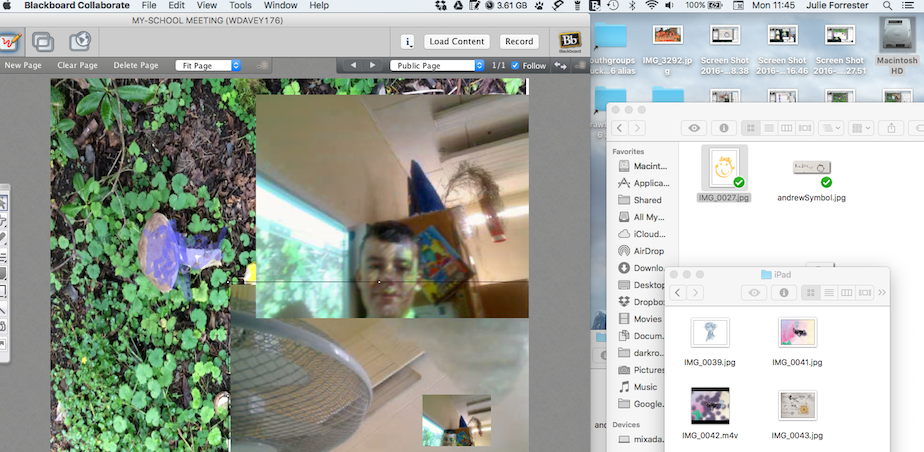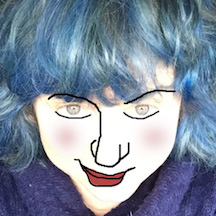Blog 1 – Julie Forrester, Visual Artist


Julie Forrester is a visual artist based in Cork City. She has been working with all kinds of people in all kinds of settings since her return to Ireland in the 1990s. Her work celebrates process and open ended enquiry into materials and context. Julie Forrester is currently in residence with Kidsown Publishing Partnership at Killard School, Co Down.
Blog 1 – Art enables a magical way of being in the world
A conscious turn from routine can transform one’s approach along a spectrum from lacklustre ennui to one of tantalising attention. Objects take on significance, the ordinary becomes enriched, moments collide in fascinating ways. Sharing these ideas connects us in new and interesting conversations. We notice things that lead us to explore the nature of things and we are led on an adventure at once wild and exciting. Our senses connect to our brains our perceptions change…….but there is no need to say any of this here – suffice to say that I am motivated and captivated by a magical sense of being. Working with children expands the possibilities here. A sense of discovery leads into new territories for both myself and the child.
Working with teachers in the classroom is a very privileged place to be. The teacher is the holder of the space (s)he creates the environment for learning. (S)he is also a creative partner. The collaborative relationship between teacher and artist gives the structure to support and wings to let loose the children’s explorations.
This 3 way relationship is at the heart of the Virtually There residency project run by Kids’ Own Publishing Partnership. Here the Artist/Teacher roles are very much foregrounded by the challenges and limitations of online presence. In Virtually There the artist is not in residence in the classroom but in a virtual space that hovers between classroom and studio. Her visual presence is contained in a frame, on a screen. Aurally her presence can be heard through a speaker, often as gremlins or in delay. Like wise the artist’s experience of the classroom is on screen and remote, tiny moving ants, often backlit by classroom windows, occasional face to face conversations and a virtual whiteboard. The teacher often takes up the role of mediator between screen and room. Gremlins come and go ransacking the airwaves. It’s today’s technology but it feels archaic. Two distinct worlds form at either end, in parallel. I imagine being in a submarine at the periscope communicating by radio control, sometimes it even feels like we are feeling our way via sonar echolocation, at once remote and intimate.
One develops strategies to incorporate this technology, it becomes another collaborator, the fourth partner in the equation. Experiments often begin with instructions as jumping off points, and in the sense of a Chinese whisper, one is anticipating the return of something wild and wilful from the original.
The interactive whiteboard becomes a shared ground where ideas are thrown up and moved about. During my residency at Killard House I worked in one to one conversation with children from year 10, using the whiteboard as our ‘visual speech bubbles’. I captured this activity using screenshots. Digital capturing does not at all represent a record of the session. It creates its own truth through a punctured narrative where elisions reign, occluding vital moments, replacing them, punctuating them with knots of captured stasis, warping time and concentrating attention in offbeat places. Human fallibility has its place of honour here, turning the machine/system into poetry or farce. The children’s voices push dynamically through the images they share and the sequencing of their thoughts. For me it is the perfect medium to test the narrative capabilities of stop motion animation.
Meanwhile classroom activity continues with teacher, the dynamic Ms Davey, elaborating on our prepared activities, the children coming up to webcam at intervals to intercept the dialogue with some extraordinary observation, discovery or piece of work to share.
In Virtually There time with the teacher between sessions is invaluable, here we are able to explore and adapt our project, pushing out ideas, extending chance encounters and developing these into a mutual understanding for creative play, the collaboration is always live, as we share our differing approaches, responses and strategies to all that is thrown up. There is also a hovering of all that I have missed from my submarine.
For more on the Virtually There Killard House Blog please click here
—


